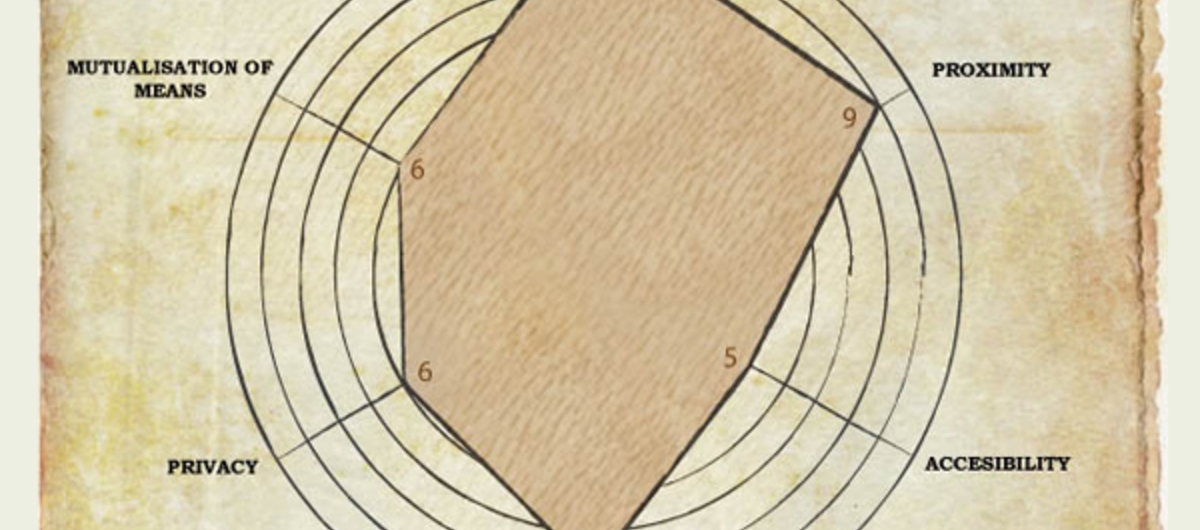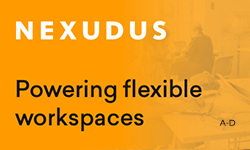1/ Accessibility
Accessibility is, of course, the geographical proximity of the space to the coworker’s dwelling, but ‘accessibility’ goes far beyond this. The general rule is that, the easier it is to enter and exit the space, the more ‘accessible’ that space is.
A space where coworkers can pay by the hour would be considered more accessible than a space that requires a membership of a minimum of one month. A space that is open between 8:00 and 22:oo would be considered more accessible than one that has shorter opening hours. A space that provides keys to its coworkers is more accessible than one that does not.
This said, being too readily accessible can diminish the level of privacy, and can also affect the degree of closeness between members.
Architectural ambiance: café, train or bus station, public square, forum, bar
Properties: openness, visibility, welcoming, attractive, simplicity
Furniture: an importance on decorative elements, unique style, functional furniture
The building: visible and accessible facade, perfected admittance process, café area/welcome desk
Questions: (‘Yes’ = 1 point, ‘No’ or ‘Not Applicable’ = 0 points. When adding points, note the criteria for which each point is allocated)
1. Is your space open for more than 10 hours per week?
2. Is your space open for coworking at the weekends?
3. Is your space open to anyone?
4. Do your coworkers have their own keys?
5. Is it open to people with all professional backgrounds?
6. Is the space located in close proximity to its members?
7. Is the space open at night (after 9pm)?
8. Is there an hourly or half-day rate?
9. Is there a daily rate?
10. Is there public transport nearby?
2/ Pooling of resources
Some kinds of work need a high level of equipment; sewing machines for stylists, 3D printers or specialized tools for artists and creative workers... When workers become independent, their access to this machinery may be limited or more difficult. They are thus highly interested in a shared workspace that gives them access to the tools they need. In a coworking space, equipment can range from a chair, desk and Wifi to a fully equipped workshop that suffice to build a prototype.
Careful consideration should be paid to the level of and amount of equipment to avoid negative implications, including an increase in prices (machinery, and maintenance, are not free) and the danger of becoming too specialized, which may reduce the openness of the place and its ability to cross skills.
Architectural ambience: workshop, factory, construction site, garage
Properties: well-lit, chaotic, permissive, unfinished, technologically advanced...
Furniture: DIY area with (power) tools, self-made furniture by the coworkers themselves
The building: space centered around an area with machinery and tools, separated areas that are more noisy, painted walls and floors
Questions:
1. Are (the majority) of the workspaces shared?
2. Does the space have at least one communal area?
3. Is there a printer, photocopier and scanner at the coworkers’ disposal?
4. Is there a secretary, accountant, or technical assistance made available for coworkers?
5. Does the space provide a virtual address/postage service or storage service (for materials or digital data)?
6. Does the space provide a shared land-line?
7. Is the space fitted with a communal workshop (fablab)?
8. Does the space provide access to shared production tools (3D printers, sewing machines, musical instruments, photographic equipment, audiovisual production equipment)?
9. Does the space have at least one of the following areas: shared shop front, childcare facilities, recording studio or darkroom?
10. Is there an event space and relevant amenities, including projectors, whiteboards, etc?
:::
1/ Accessibility & 2/ Pooling of resources 3/ Shared energies & 4/ Proximity 5/ Permission & 6/ Privacy







